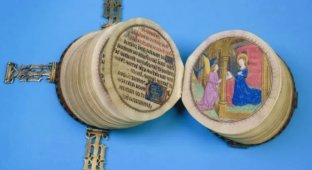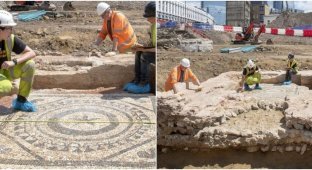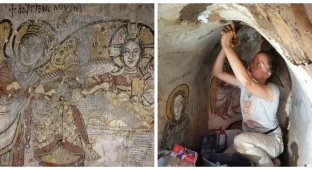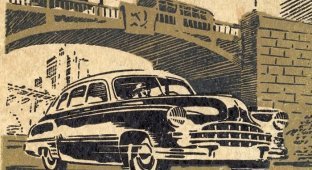In Scotland, they found a place where the Book of Deer was written 1000 years ago (11 photos)
A monastery long erased from the face of the Earth was found in Aberdeenshire (Scotland) 1000 years later. Or rather, the place where he once was has been determined. Archaeologists believe they have found the remains of the building in which the monks wrote the Book of Deer - the oldest surviving example of Gaelic writing. 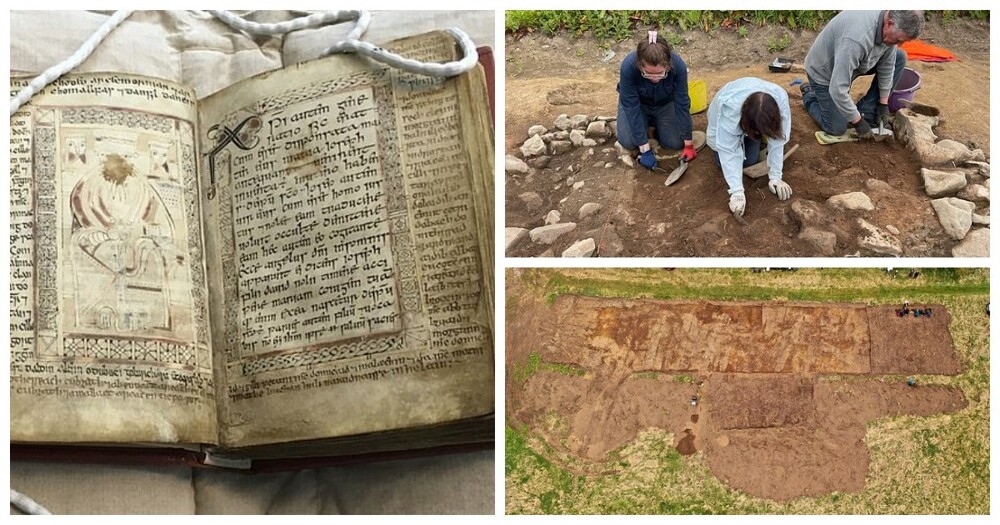
As a little preface:
The Book of Dir or the Book of Dir is a collection of 10th-century gospel texts in Latin with additions made in the early 12th century in Latin, Old Irish and Gaelic. Considered to be the oldest surviving example of Scottish Gaelic literature, it is housed in the Cambridge University Library. 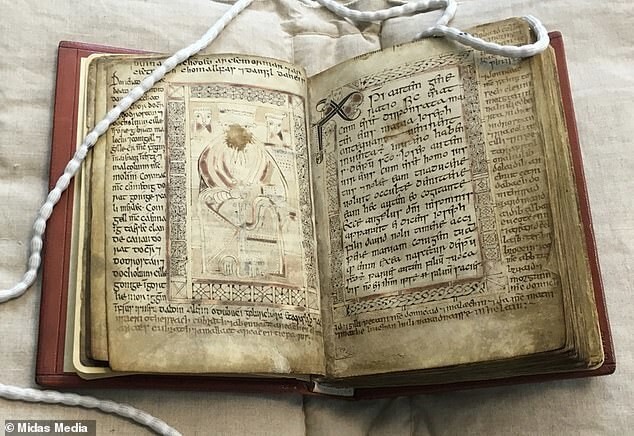
The book contains the Gospel of John and fragments of three other Gospels, a fragment of the service of visiting the sick, the Apostles' Creed and a charter from King David I to the clergy of Dir. Notices in Gaelic for grants to the monastery of Deer are written on blank pages or in the margins.
Here you can leaf through this ancient book if you want to see all 86 of its pages.
They look something like this. 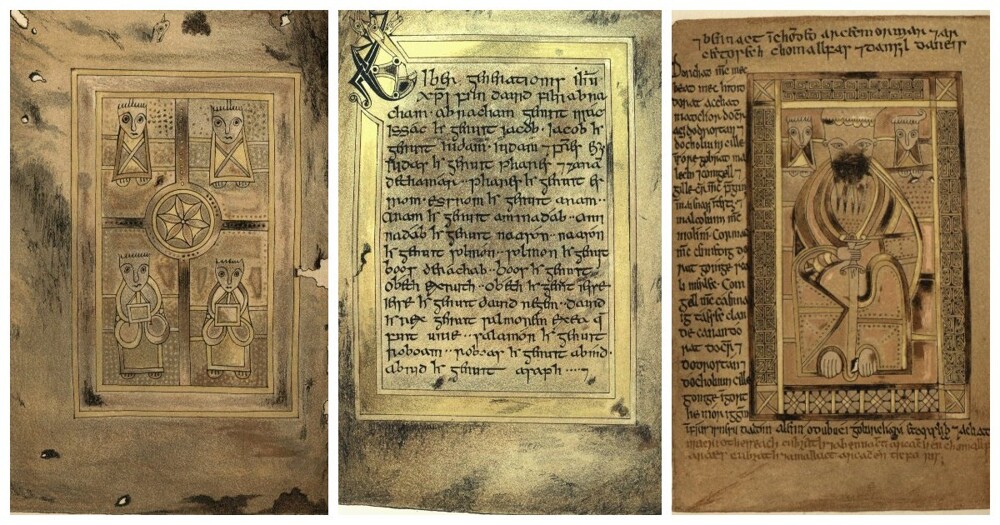
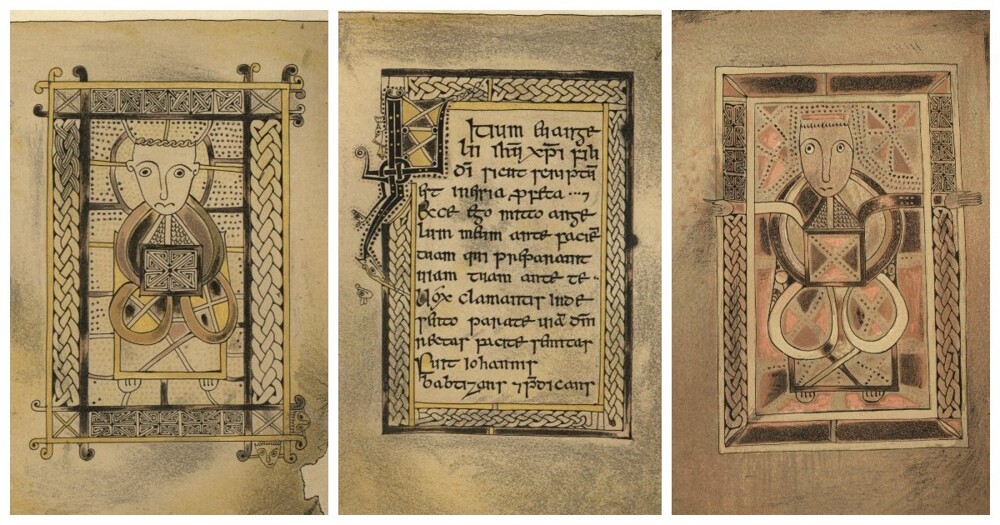
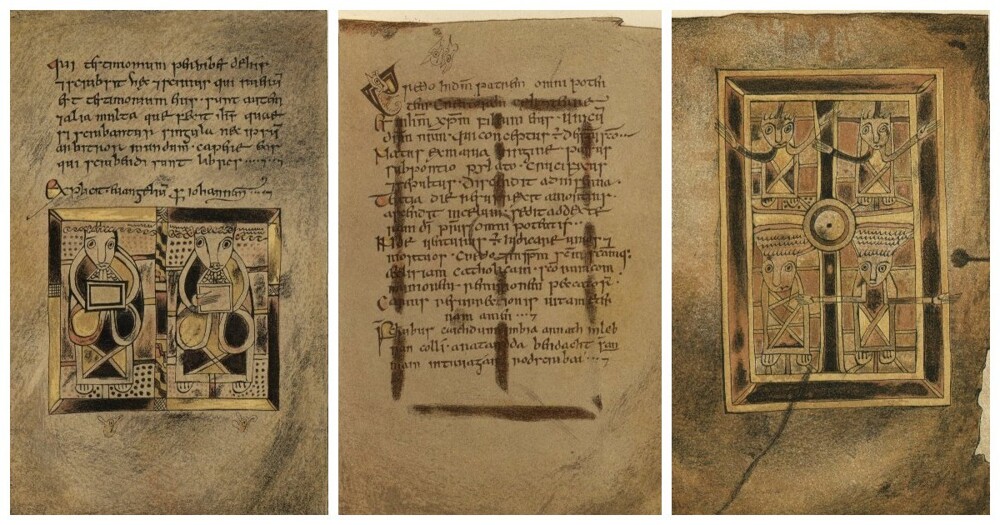
Today, Scottish Gaelic is in danger of extinction, but researchers have finally found the spiritual home of Gaelic writing.
Deer Monastery was built in northeast Scotland as a place of worship for Cistercian monks almost 1,000 years ago. It was here, in the margins of a 10th-century pocket gospel, that texts in Gaelic were first written down. The book has survived to this day, but the monastery, unfortunately, has not. But archaeologists claim to have found its remains.
New excavations reveal they are just 80m from the ruins of Deer Abbey (founded in 1219), near the village of Mintlaw in Aberdeenshire. 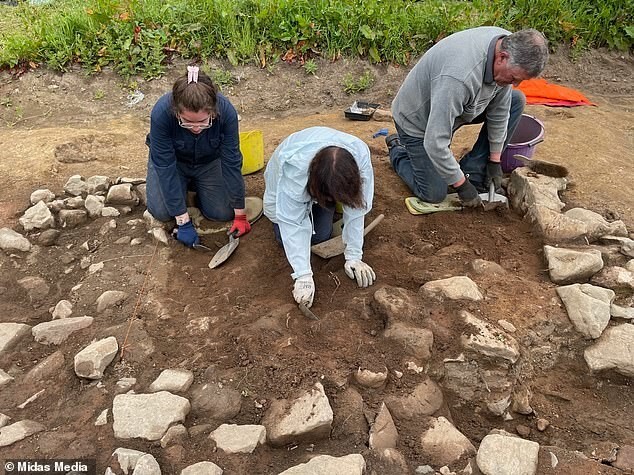
Alice Jaspars, PhD, from the Department of Archeology at the University of Southampton, took part in the excavations.
Scholars have long speculated that the handwritten notes, or “additions,” were made while the book was in the Dir Monastery. These additions contain references to the founding of the monastery, as well as other land grants in north-east Scotland. 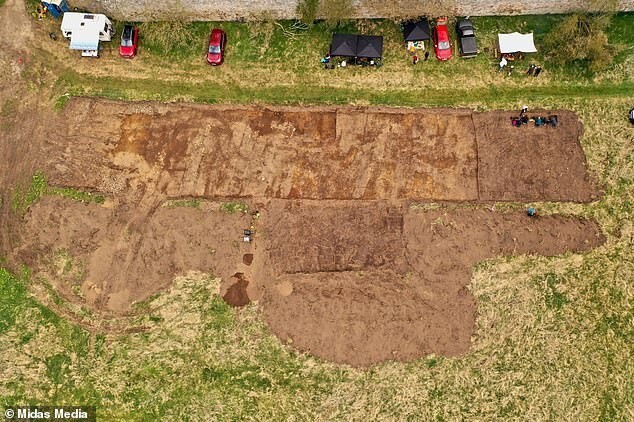
Researchers are confident that during excavations in 2022 they found the very monastery in which these records were made. 
During the excavations, post holes were discovered - depressions in the ground that were once used to secure wooden or stone beams. Carbon dating has shown that these postholes date from the same time period as the Gaelic entries in the Deer Book. 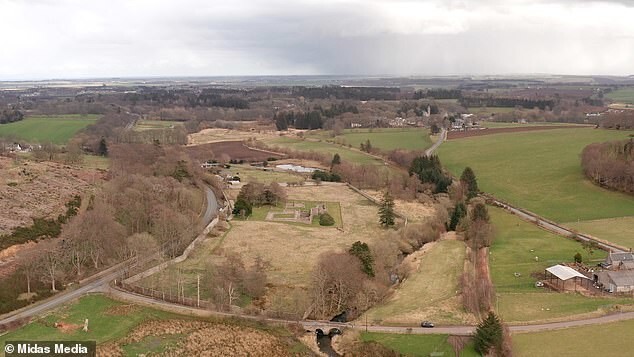
Also found were medieval pottery, shards of glass, a stylus and a board for hnefatafl, a game similar to chess that was popular before the Middle Ages. According to experts, these and other everyday artifacts found at the excavation site indicate the existence of a monastery complex here. 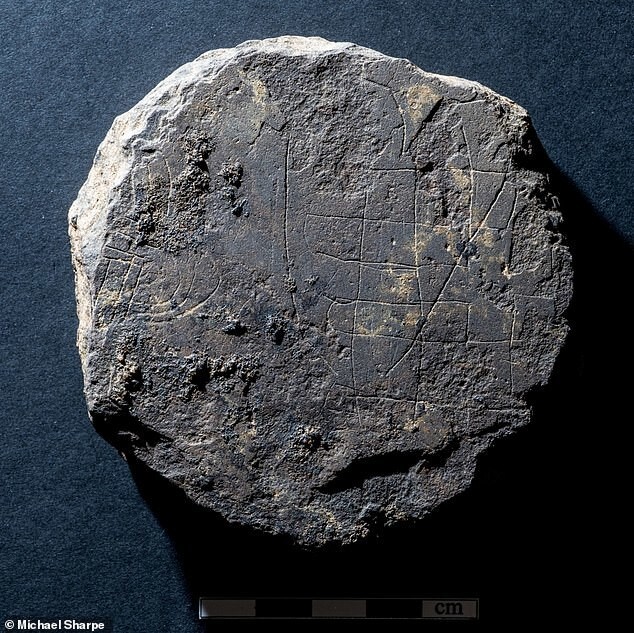
Today, the ruins of Deer Abbey are a site managed by Historic Scotland and open to tourists. It is located at a distance of about 80 meters from the site of the former Dir Monastery. 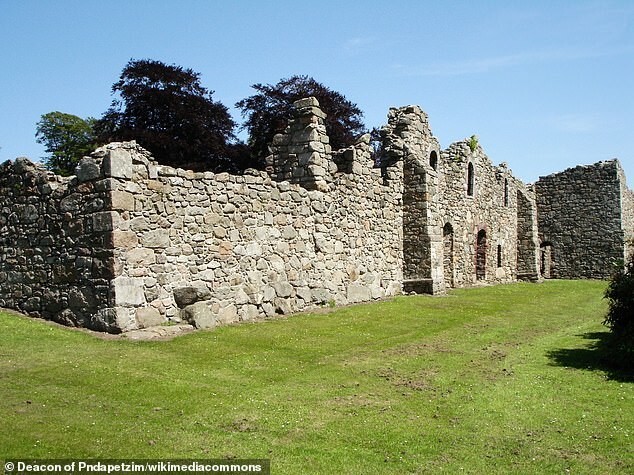
The 2022 excavation coincides with the return of the Book of Dir to north-east Scotland for the first time in 1,000 years. It was exhibited at the Aberdeen Art Gallery and Museums for three months before returning to the Cambridge University Library.
The researchers plan to publish their results in a scientific journal in the near future.













